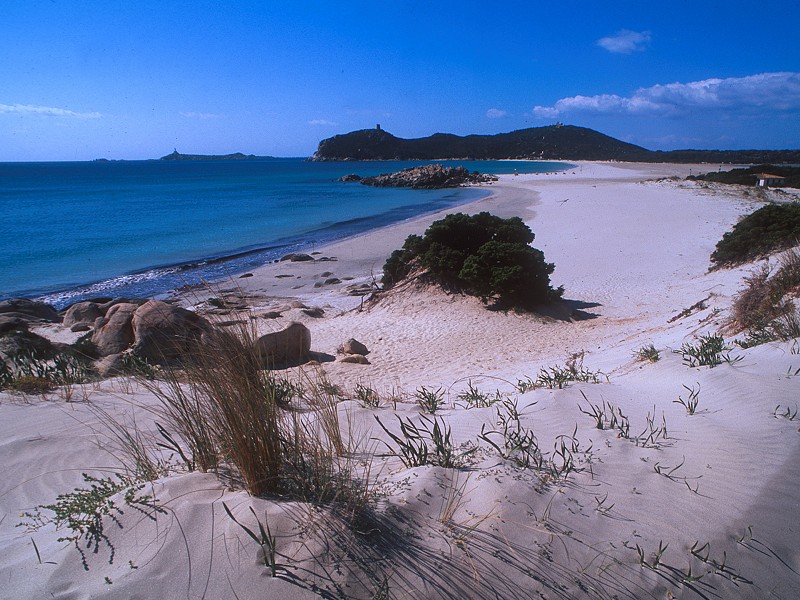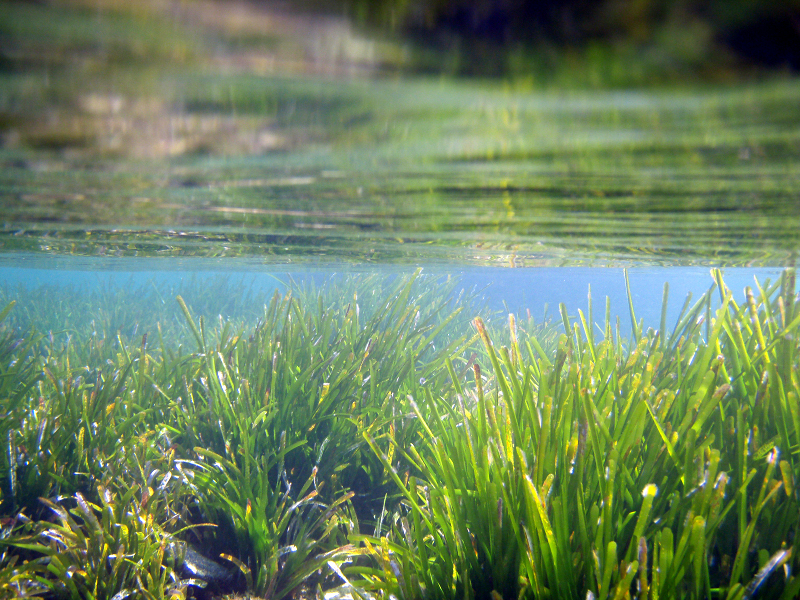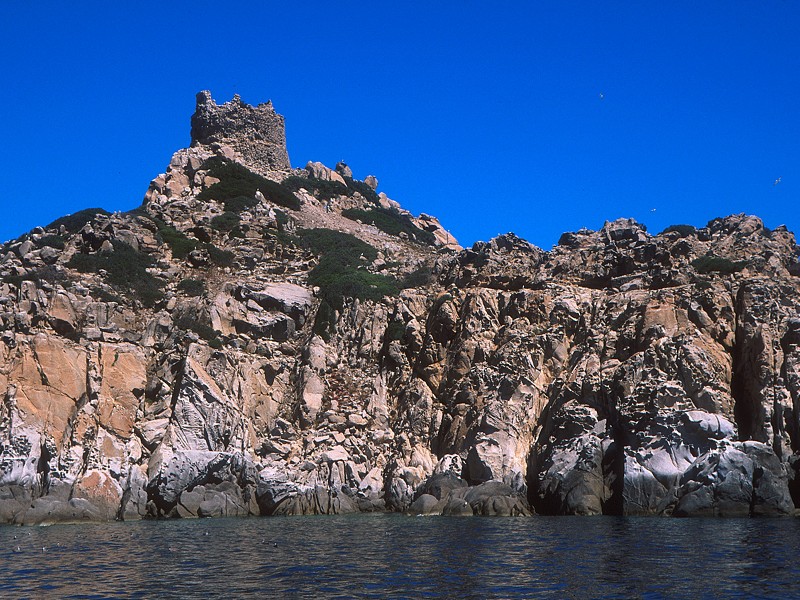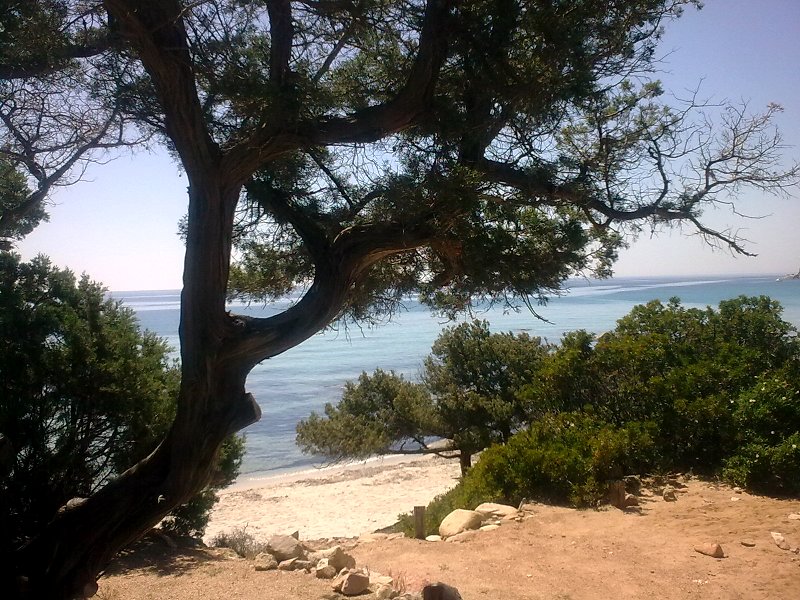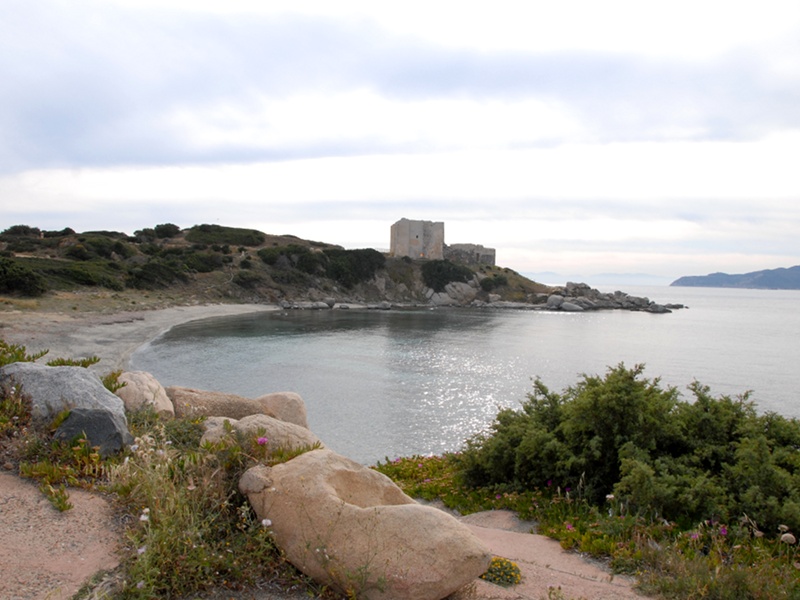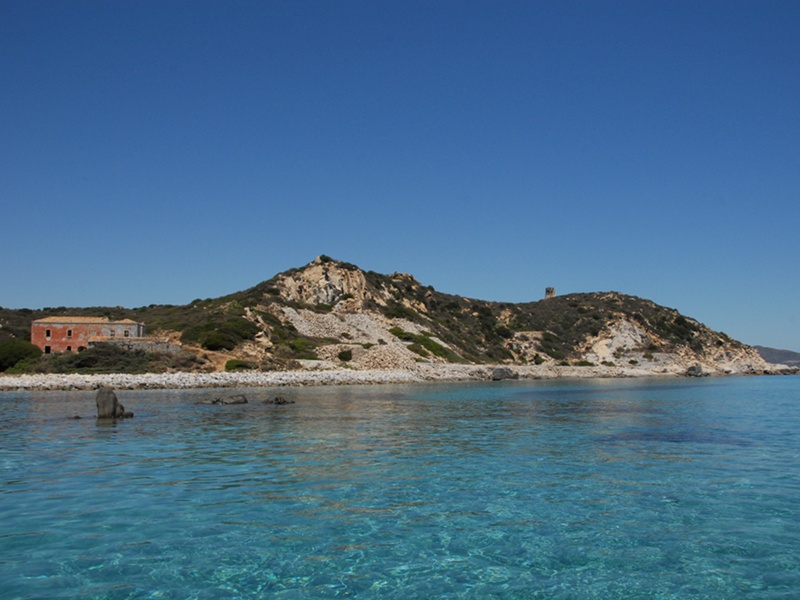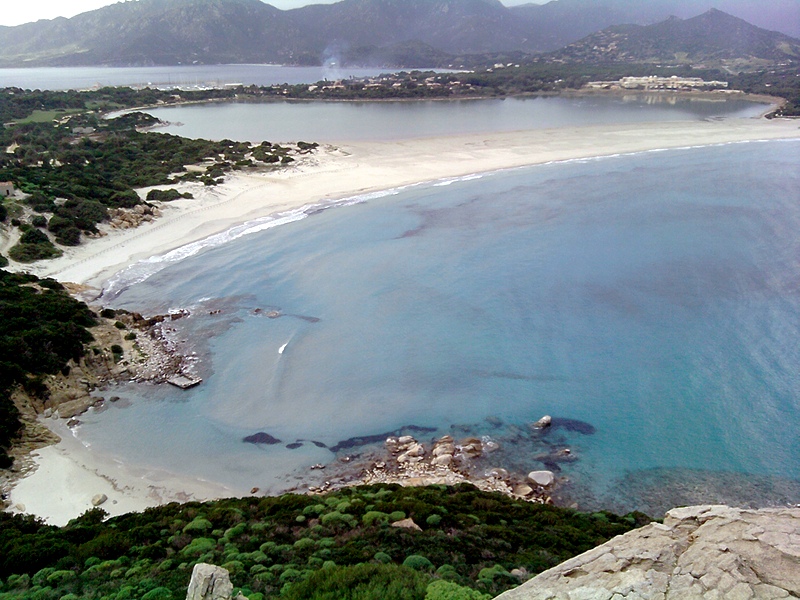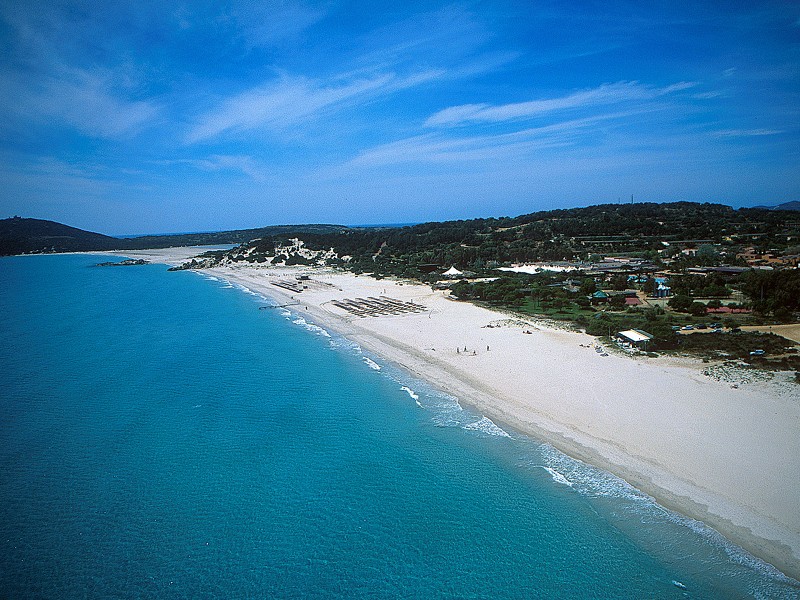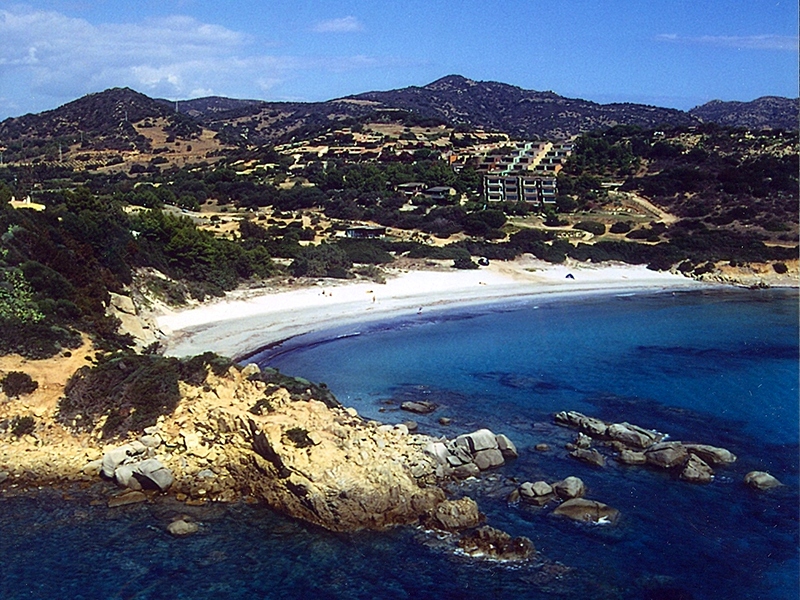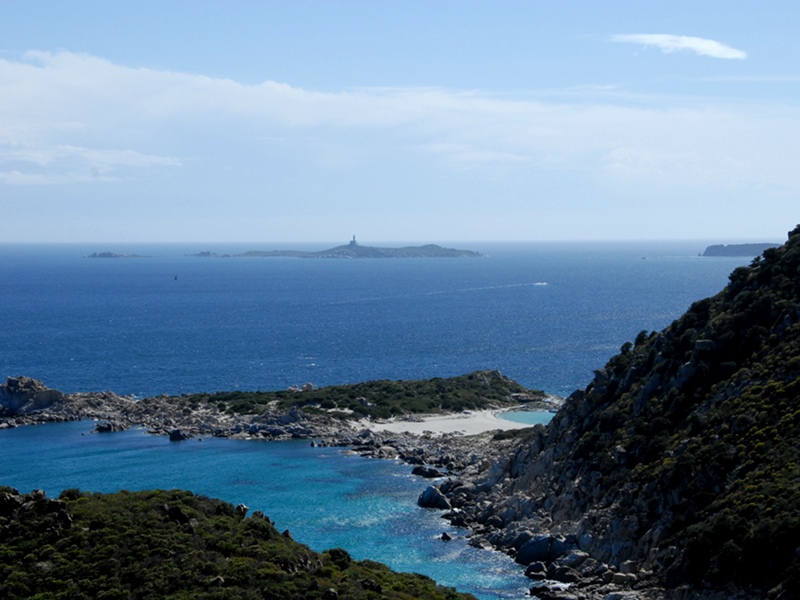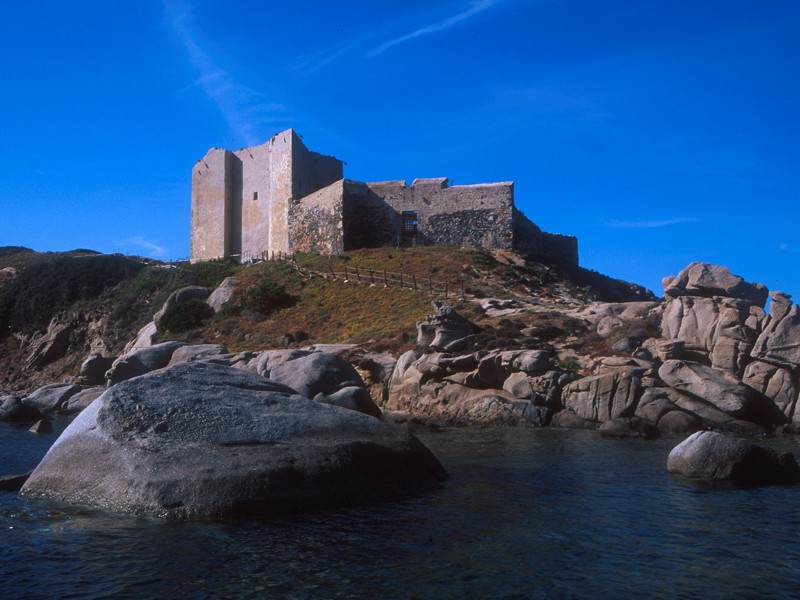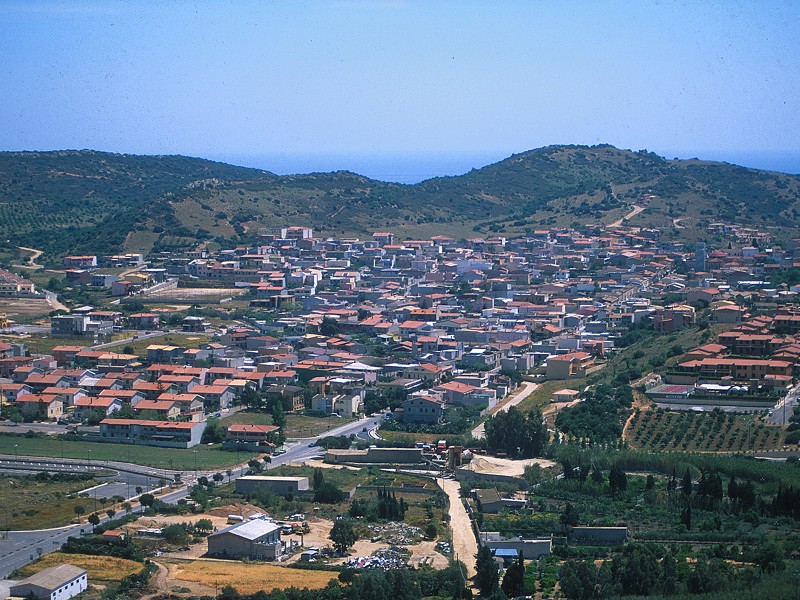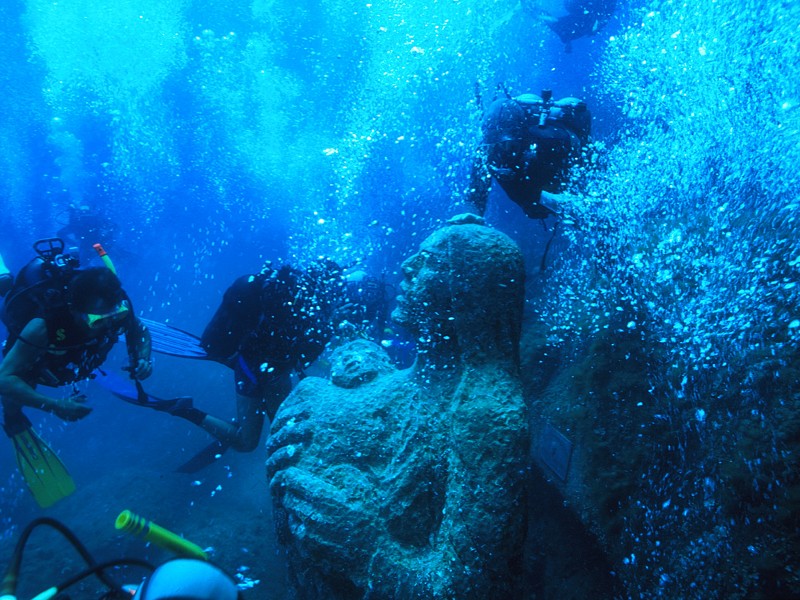Area Marina Protetta Capo Carbonara
www.ampcapocarbonara.itPoints of Interest
Beaches and Sea
Capo Carbonara Marine Protected Area, situated in the south - eastern end of Sardinia, is divided into two large bays (eastern and western) from the granite promontory of Capo Carbonara and Isola dei Cavoli.
Along this stretch of coast, it is possible to recognize coastal cliffs, sandy coasts, wetlands, and reforested areas.
The diversity of the coastline is mainly given by the wave motion which, unrelentingly and together with the wind, carries out an erosive and smoothening action. The wind, a characteristic feature of the area, transports sediments together with the sea and the seasonal watercourses, supplying the coastline with precious "sand".
Small and big beaches set among the rocky promontories are the prosecution towards the sea of the rocky spurs belonging to the granite massif Serpeddì - Sette Fratelli (historical-geographical region of Sarrabus).
The presence of white beaches must be linked to the unceasing and cyclic demolition process of the rocky substrata caused by the wind and the energy of the water mass (the waves).
An unceasing and complex cycle based on two opposing forces: "demolition and reconstruction", a cycle in which the Posidonia oceanica deposited on the beaches forms the so-called "banquettes". In this way, it plays the essential role of mitigating and regulating the distribution of the sand between the emerged and the submerged beach, retaining it and then releasing it in a natural way.
The function carried out by Posidonia o. is essential for the existence of the beaches that are the main economic value of Villasimius, but also the symbol of the naturalistic importance of the Marine Protected Area.
The beaches of Villasimius are wonderful and very important from a naturalistic point of view, they are the result of primordial dynamic balances between the sediments of terrestrial origin and the sediments of marine origin deeply related with the trends of the Mediterranean climate in general and the local climate in particular.
Culture and Traditions
Visiting our territory, for a short or a long time, is the best way to fully appreciate all its aspects. At direct contact with Sardinia, without a doubt, with its traditions, food, festivals, but not only.
As a matter of fact, you will find yourself surrounded by a unique environment, a real Mediterranean treasure, easily accessible from all the national and international airports.
Religious Festivals
The religious feasts of Madonna del Naufrago (Madonna of the Castaway), St Mary, and the patron St Raphael Archangel are celebrated in Villasimius.
They are completed by spectacular folklore performances with dances in the traditional Sardinian costumes, music, and poetry and represent an occasion, besides their religious origin, to discover fascinating details on the local culture.
St Mary feast is celebrated in the first week of September. On this occasion, folk groups coming from other towns of Sardinia, masks, launeddas players, and cantadores join. During the procession, it is possible to admire wagons pulled by oxen (the so-called "traccas") and, next to them, women and children will go by in traditional costumes, demonstrating the deep link between religion and ancient professions.
The feast of St Raphael, patron of Villasimius, is held on 24th October and is the occasion to conclude the long summer of the island with songs, dances, and fireworks.


